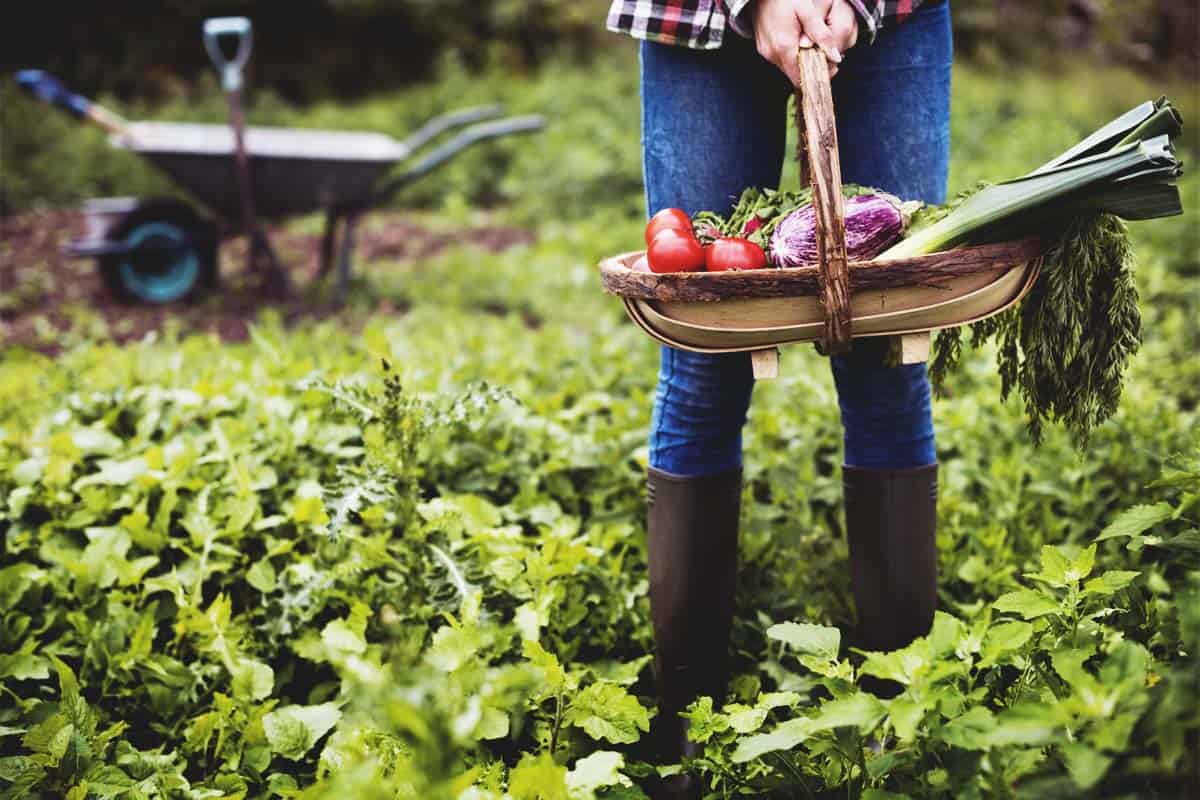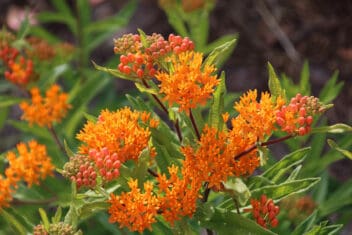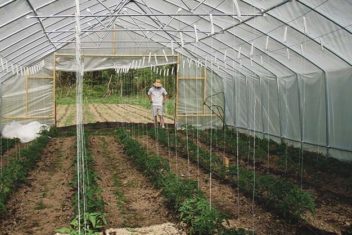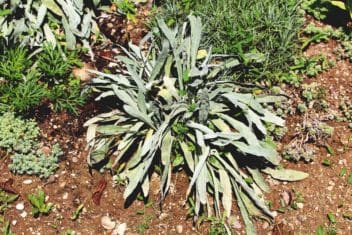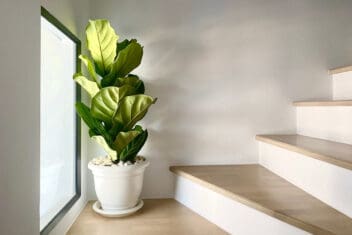Do you have a ton of land – but no green thumb? Or maybe it’s the other way around. You’ve always dreamed of starting a garden, but since you don’t have any land to do this on, your options are limited.
Either way, garden sharing can save the day. Here’s everything you need to know about this revolutionary new way of sharing the earth – as well as what you can do to get involved.
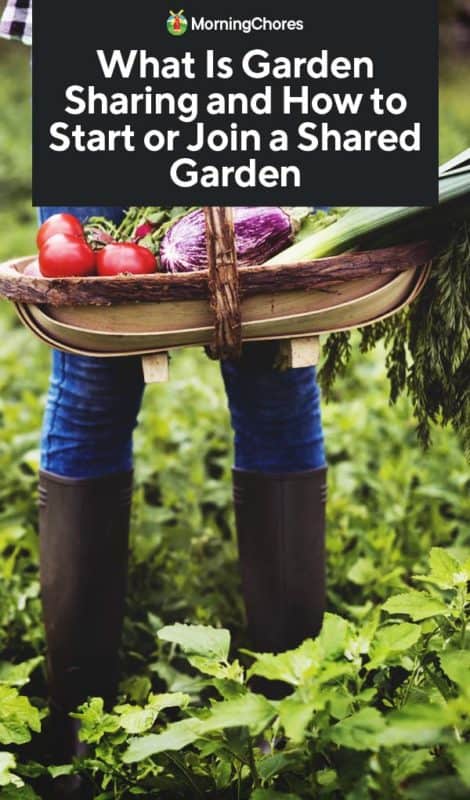
What is Garden Sharing?
Simply put, garden sharing is an arrangement in which you garden on someone else’s land or someone else offers their land up for gardening.
Research by the National Gardening Association indicates that roughly 2 million people in the United States have latched onto this concept of community gardening and are already doing this on some level – perhaps gardening at the home of a neighbor, friend, or family member.
In its simplest form, garden sharing consists merely of a handshake and a verbal affirmation. In its most complicated, it’s a multi-page contract that is legally backed. Either way, garden sharing isn’t tough to understand – it’s a person or group of people gardening on land they do not directly own, and in most cases, the harvest is shared with the landowner.
Benefits of Garden Sharing
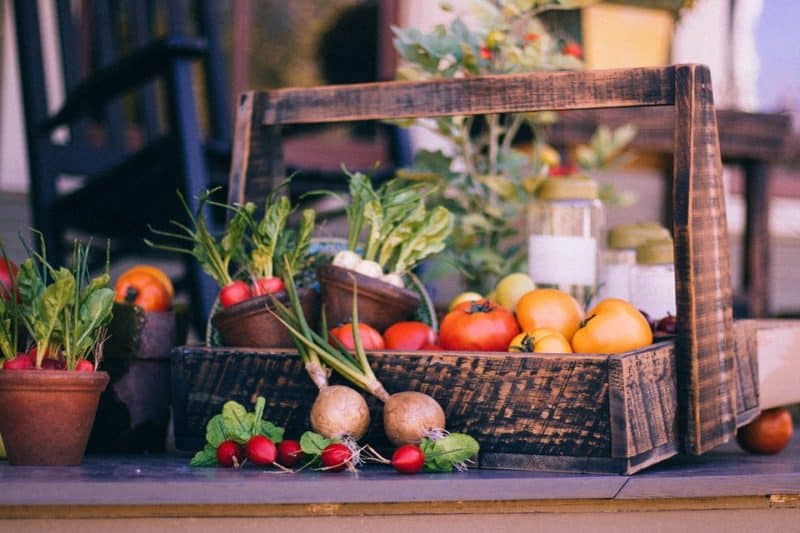
Garden sharing has several benefits to be aware of. As long as partnerships are mutually beneficial and there is plenty of support from all parties, garden sharing offers some of the following benefits:
1. Greater Sense of Community
Garden sharing is a great way to build a sense of community. Community-supported agriculture is a cornerstone of many communities, and garden sharing is no exception.
When you are able to partner with your neighbors to produce something good and beautiful, everybody benefits. You’ll feel a greater connection to the people and places around you.
2. Works Well For Cash- and Space- Strapped Gardeners
If you are a gardener without property on which you can practice your craft – or perhaps without the financial resources – garden sharing is the perfect arrangement. Since no money ever changes hands, you don’t need to worry about not having the funds to start your own garden.
Plus, if you live in a rental unit or a crowded apartment, it might be physically impossible for you to start gardening at all. Garden sharing makes it possible.
3. Works Well For Those Lacking Skills
On the flip side, if you own land and want to start a garden but either don’t know how or don’t have the time to do so, a garden sharing agreement can be the perfect fix. You can still access healthy food and improve the aesthetics of your property – without having to lift a finger.
4. Bounty of Produce
This pretty much goes without saying, but if you have a garden, you’re going to have a harvest! Sure, you’re not going to feed the entire continent with the outcomes of your growing. However, you may be able to offset some of your own grocery expenses – and that’s true for both the gardener and the landowner. Many garden sharing arrangements are able to feed entire blocks or communities of people on less than a full acre of space!
5. Health Benefits
Eating fresh, homegrown produce has so many health benefits, from improved vitamin and mineral consumption to reduced exposure to pesticides. Plus, there are all the other ancillary benefits that come with gardening – you’ll have access to fresh air, sunshine, and soil (which has proven to be a natural immune booster!).
Challenges of Garden Sharing
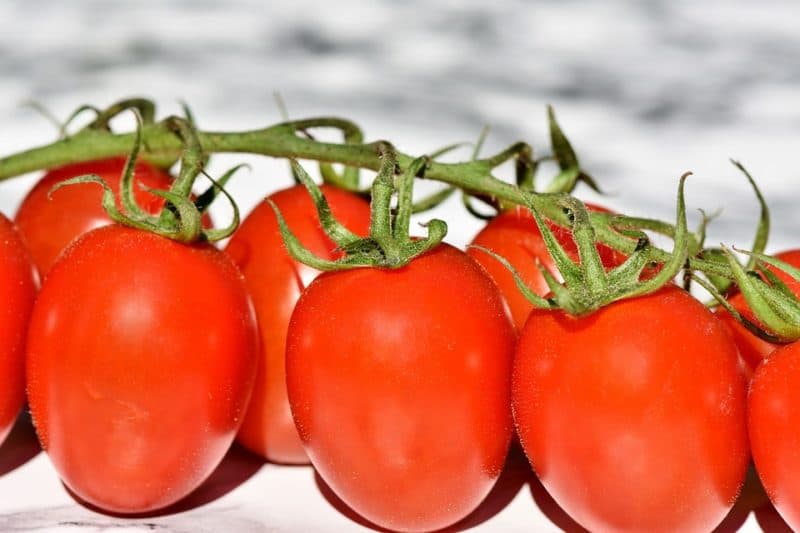
That’s not to say that everything having to do with garden sharing is all roses and sunshine. There are some hurdles you will need to overcome when engaging in this new concept.
1. Trust Issues
It can be tough to find the right person to garden share with. You need to make sure you find someone you can rely on, and that’s not easy to come by – especially today. Just because someone is a good friend of yours, that doesn’t mean they are the right person with whom to share a garden.
2. Issues with Land Availability and Legalese
Depending on where you live, you might run into some roadblocks related to the legal implications of garden sharing. There are certain places, such as the United Kingdom, where local authorities are required by law to offer plots of public land for use by gardeners. A popular program, in theory, this program is now so strapped for space that there is a multi-year waiting list.
To make matters worse, despite the fact that demands for gardening allotments continue to increase, some communities have decided to sell off allotment land to major corporations or to be used for public housing. A necessary evil for these cash-strapped governments, it is unfortunately making it even more difficult for people to acquire land.
No matter which way you look at it, the planet isn’t getting any bigger, and our population isn’t getting any smaller. It can be difficult to find space to garden share where you live, particularly if it is already popular there and many other people have jumped on (and crowded) that bandwagon.
3. Logistical Issues
There are a ton of logistical issues to be parsed out when you first begin garden sharing. For one, geographic proximity plays a major role in whether a partnership will work out. You might find the perfect person with whom to garden share, but if they live many miles away, it’s going to be a nightmare to try and coordinate gardening chores.
You also need to find someone with whom you get along well – which can muddy things even further. Deciding who will purchase tools, who will pay for insurance, and who will water the plants every single day isn’t necessarily difficult – but the list of things you must cover before you can even start garden sharing is dizzying.
And that’s one of the biggest logistical challenges with garden sharing in itself – it takes some time to set up. If you have a green thumb, it’s probably itching with the desire to get out there and start gardening on the first sunny day of April. However, finding the right partner takes some time, and setting up a reasonable arrangement takes even longer.
How to Start or Join a Garden Share
Think garden sharing might be the right choice for you? Here’s how to get started:
1. Find the Right Fit
The first thing you need to do when embarking on a new garden sharing adventure is to find a partner. There are plenty of places you can look – from Craigslist to the Facebook Marketplace, it’s easy to find people offering up their land or their services.
There are also plenty of online services that act as databases for people interested in garden sharing. We’ll list some of them below, but the benefit of these resources is that you can fill out a profile that doesn’t share your personal details.
Make sure the partner you choose in your garden sharing endeavors is someone that you can trust. While it may be hard to find suitable matches in your area – particularly if you live somewhere in which green spaces are already limited – it’s important that you take the time to “vet” your prospects.
After all, you will either be working on their property or having them work on your property, depending on which side of the arrangement you are on. You need to make sure you can rely on them, both for logistical and safety reasons.
2. Get to Know Your Partner
You’ve found the perfect person with whom to share your garden sharing experience. Great. That doesn’t mean your initial work is done. You also need to get to know the person with whom you plan on working.
Meet up at a neutral location like a coffee shop. This way, you can chat and see what each person can bring to the table. If that meeting goes well, then you can start talking in more detail about the logistics.
3. Come Up With a Plan
Garden sharing is a beautiful thing. It can be as simple or as complicated as you want it to be. But the first place to start with any kind of arrangement is with a plan. A garden share plan will keep you apprised of the details of the arrangement.
Here are some of the basics that you should cover with your partner before beginning to garden:
- Whose land will be worked?
- Who will be the person (or people) working in the garden?
- What will be grown?
- Where on the property is the garden located?
- What is the soil like? Does it need to be tested or amended – or does topsoil need to be brought in?
- When can the garden be worked?
- What will happen if the gardener cannot tend to the garden?
- How will expenses be divided? Don’t forget to include all expenses, from water to seeds and even tools.
- Is the garden organic?
- How will the produce or profits be shared?
- Where will materials be stored?
- What happens if someone is injured? Is there insurance?
- How long will this arrangement last?
- What if the arrangement needs to be ended early?
- How will the two of you keep in touch about the garden?
No matter what side of the agreement you are on, make sure you have answers to all of these questions. Ideally, these should be answers that you are comfortable with.
4. Start Gardening
Once you have an agreement in place, that’s all there is to it! It’s time to start gardening. At the end of the season or at harvest time for your crops, you will likely need to divide your bounty.
Besides that, there’s little else that you need to know – it’s just like gardening on your own property.
Resources to Help You Start a Garden Share

Take the time to find someone who is a good fit. If you’re not sure where to start, again, online marketplaces like Facebook and Craigslist are good initial stops. But if you’re looking for resources that are tailored more specifically toward garden sharing, here are some to explore:
Shared Earth: Shared Earth connects gardeners with landowners – all you need to do is enter your street address. All of your personal information will be hidden until you are ready to share it.
Lend and Tend: Lend and Tend is a good option for British readers. Based out of the United Kingdom, Lend and Tend is a relatively simple service that connects gardeners with landowners.
Living Homegrown is a free website that was developed in 2007. Originally based out of Portland, this site offers yard sharing in order to partner landowners with renters so that they can produce a community harvest.
So what are you waiting for? If you found yourself once using a “lack of space” or a “lack of a green thumb” as excuses for not growing your own garden, guess what?
The time’s up! You can now garden no matter how much space you have – or even how much skill you may (or may not!) have.
